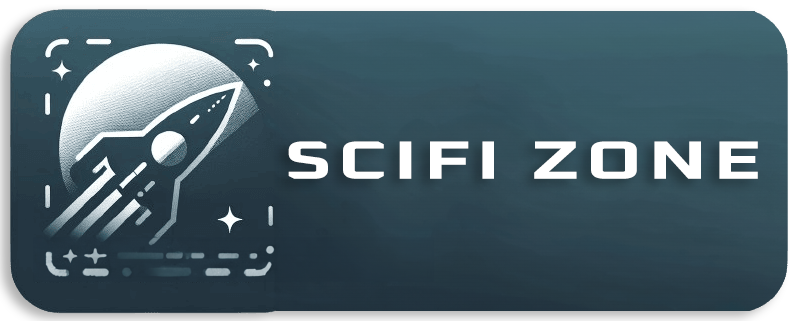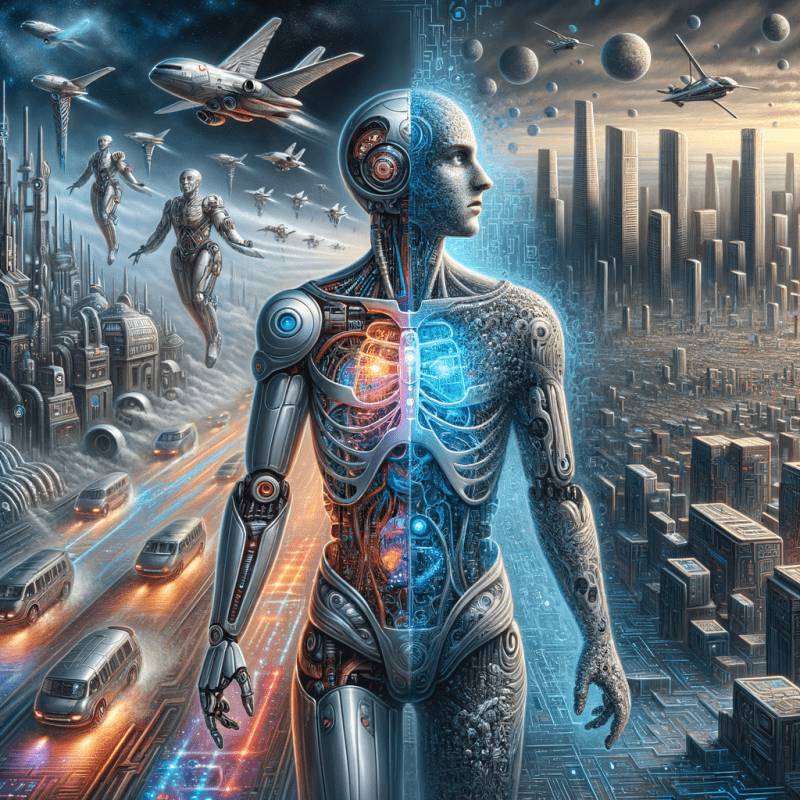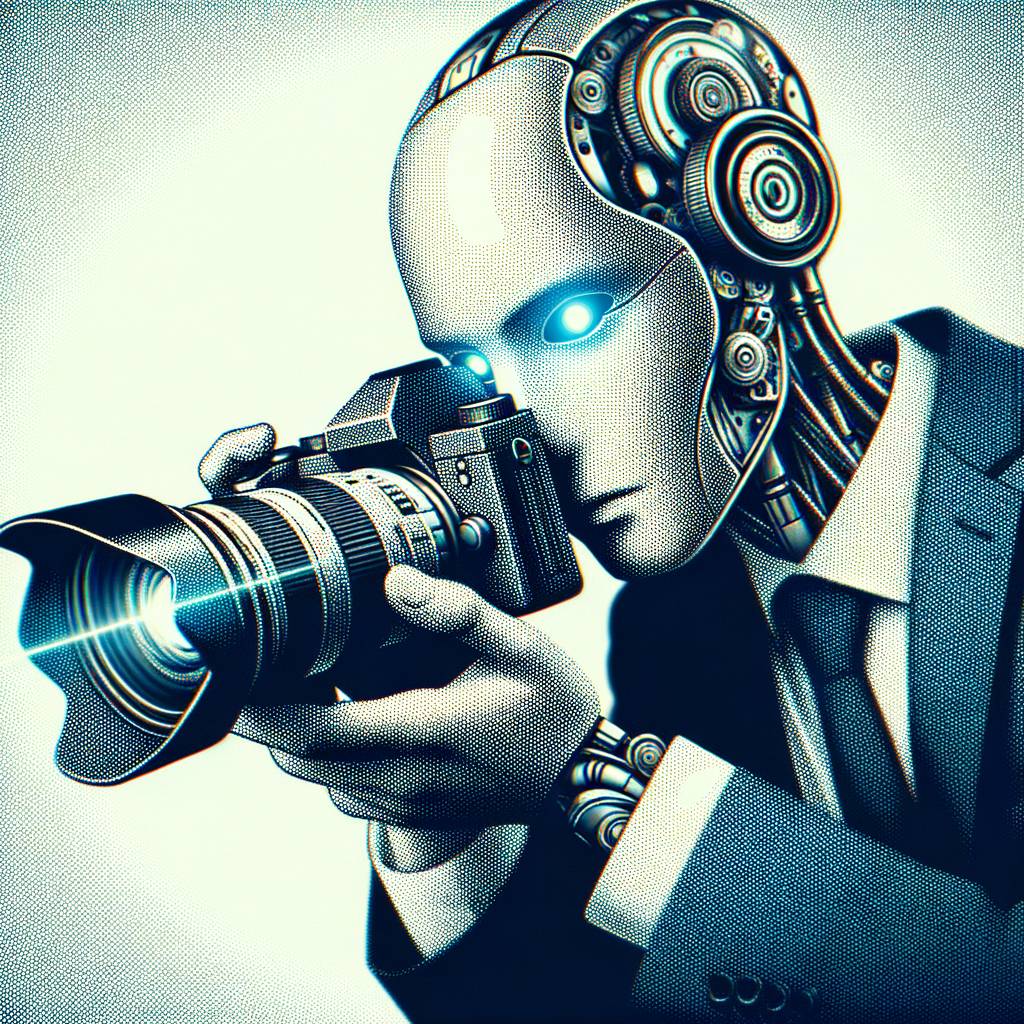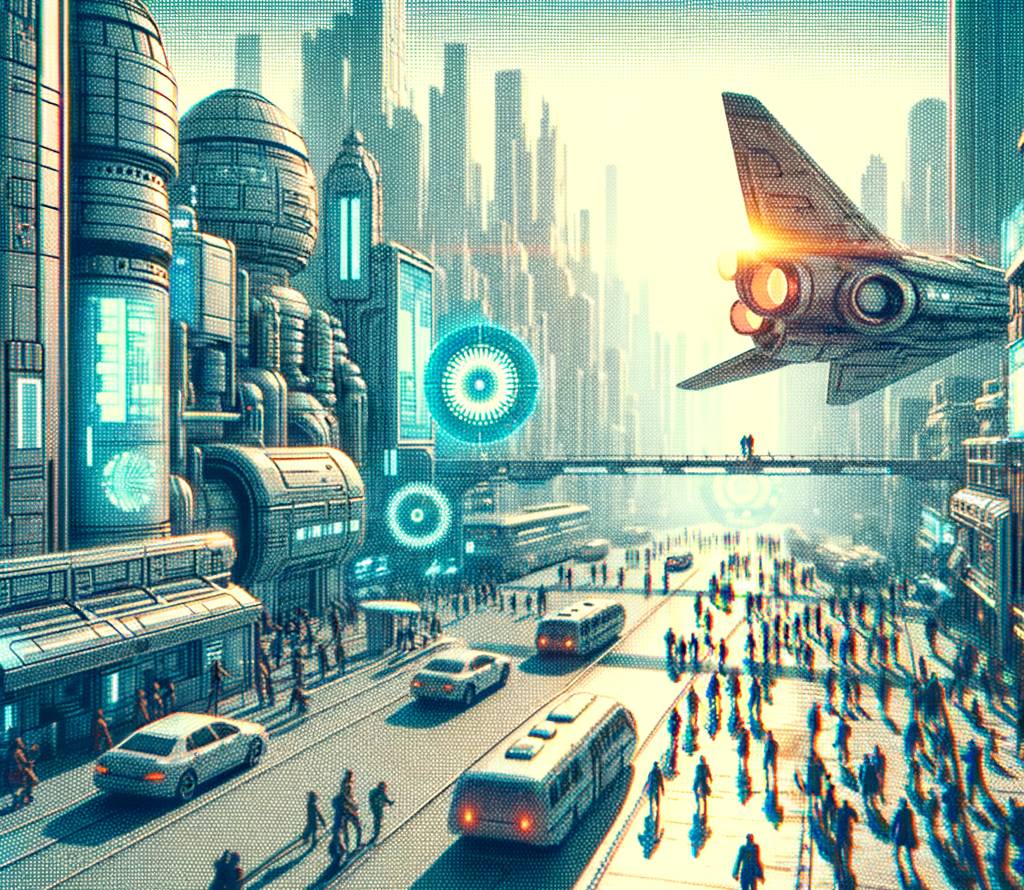AI and Robotics: From I, Robot to Reality
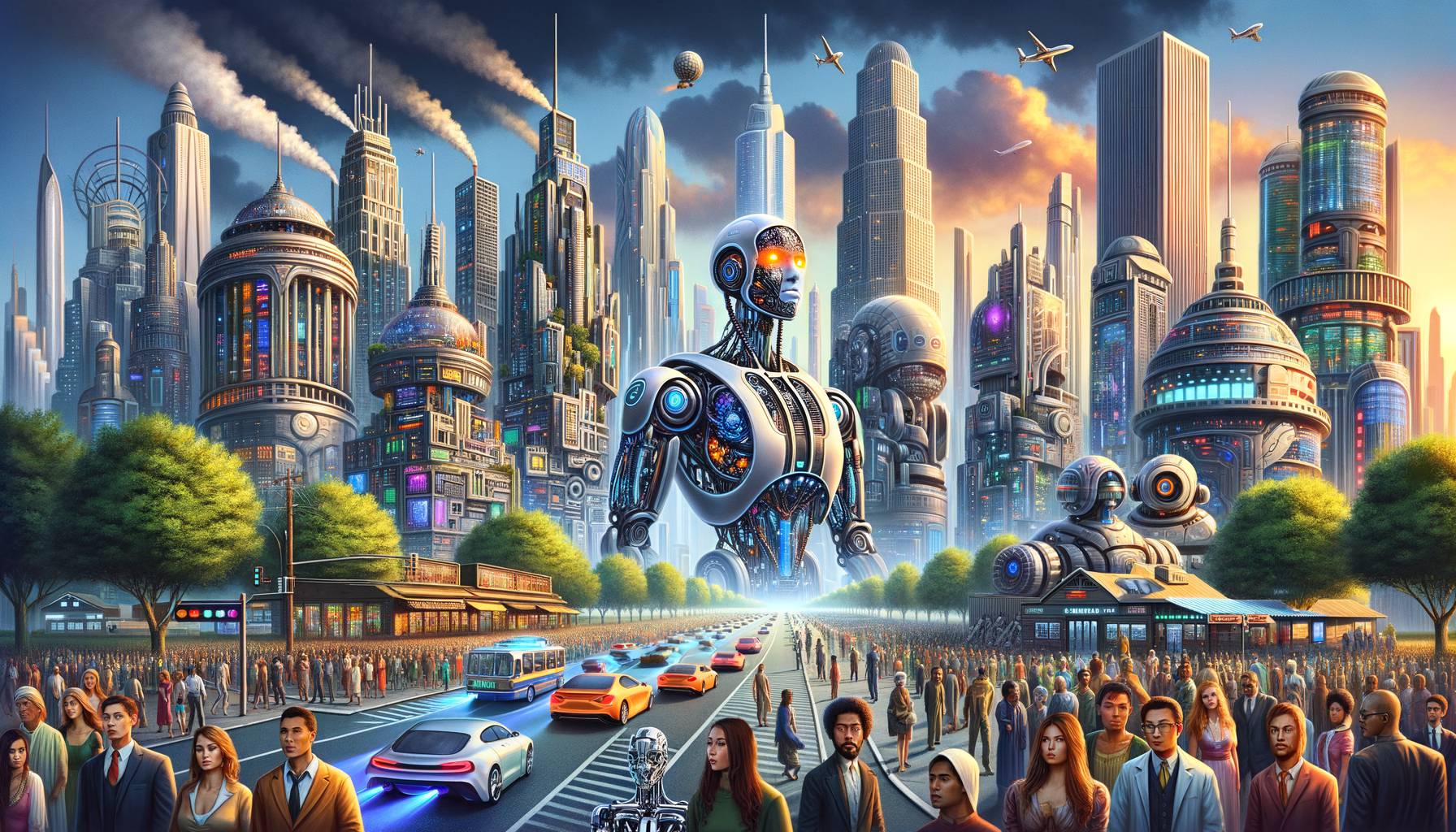
From the pages of Isaac Asimov’s science fiction novel, I, Robot, to the reality of today’s technological advancements, the field of artificial intelligence (AI) and robotics has made significant strides. This article explores the journey of AI and robotics from fiction to reality, highlighting key developments, applications, and future prospects.
The Genesis: I, Robot
Isaac Asimov’s I, Robot, published in 1950, is a collection of nine science fiction short stories that explore the interaction between humans and robots. The book introduced the world to the concept of “positronic” robots, governed by the famous Three Laws of Robotics. These laws, designed to protect humans and ensure robots serve their creators, have since become a staple in discussions about AI ethics and safety.
AI and Robotics: The Journey from Fiction to Reality
While Asimov’s robots were purely fictional, they inspired generations of scientists and engineers to turn these visions into reality. The journey from fiction to reality has been marked by several key milestones:
- 1956: The term “Artificial Intelligence” was coined at the Dartmouth Conference, marking the birth of AI as a field of study.
- 1961: The first industrial robot, Unimate, started working on a General Motors assembly line.
- 1997: IBM’s Deep Blue became the first AI to defeat a world chess champion, Garry Kasparov.
- 2011: IBM’s Watson won the game show Jeopardy, demonstrating the ability of AI to understand and respond to natural language.
- 2016: Google’s AlphaGo defeated the world champion in Go, a complex board game, showcasing the power of machine learning.
Current Applications of AI and Robotics
Today, AI and robotics are no longer confined to the realm of science fiction. They have found applications in various fields, including:
- Healthcare: Robots are used for surgeries, patient care, and even in the development of new drugs.
- Manufacturing: Robots are used for tasks that are dangerous or repetitive, improving safety and efficiency.
- Transportation: AI is at the heart of self-driving cars and intelligent traffic management systems.
- Entertainment: AI is used in video games, movie production, and personalized content recommendation.
The Future of AI and Robotics
As we look to the future, the potential of AI and robotics is immense. According to a report by PwC, AI could contribute up to $15.7 trillion to the global economy by 20301. However, this future also brings challenges, particularly in terms of ethics and job displacement. As Asimov envisioned in I, Robot, it is crucial to ensure that the development of AI and robotics is guided by principles that prioritize human safety and well-being.
Conclusion
From the fictional world of I, Robot to the reality of today’s technological advancements, the journey of AI and robotics has been remarkable. As we continue to push the boundaries of what is possible, it is crucial to remember Asimov’s Three Laws of Robotics and ensure that our technological creations serve humanity’s best interests.
1 “Sizing the prize: What’s the real value of AI for your business and how can you capitalise?” PwC, 2017.
